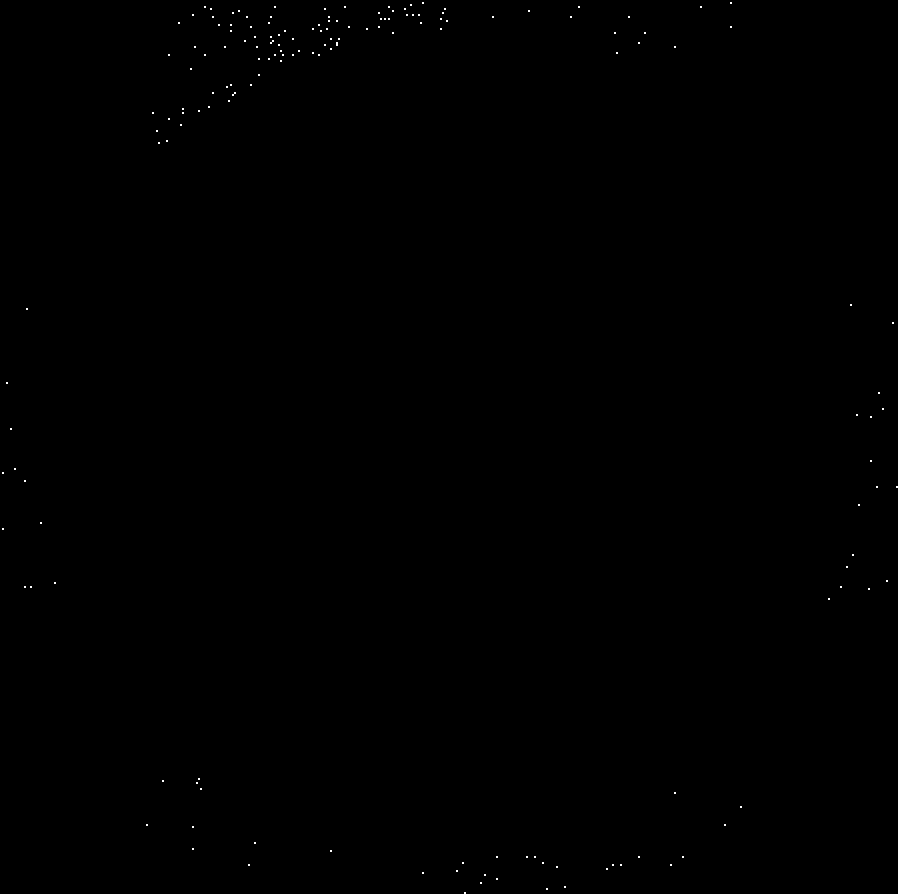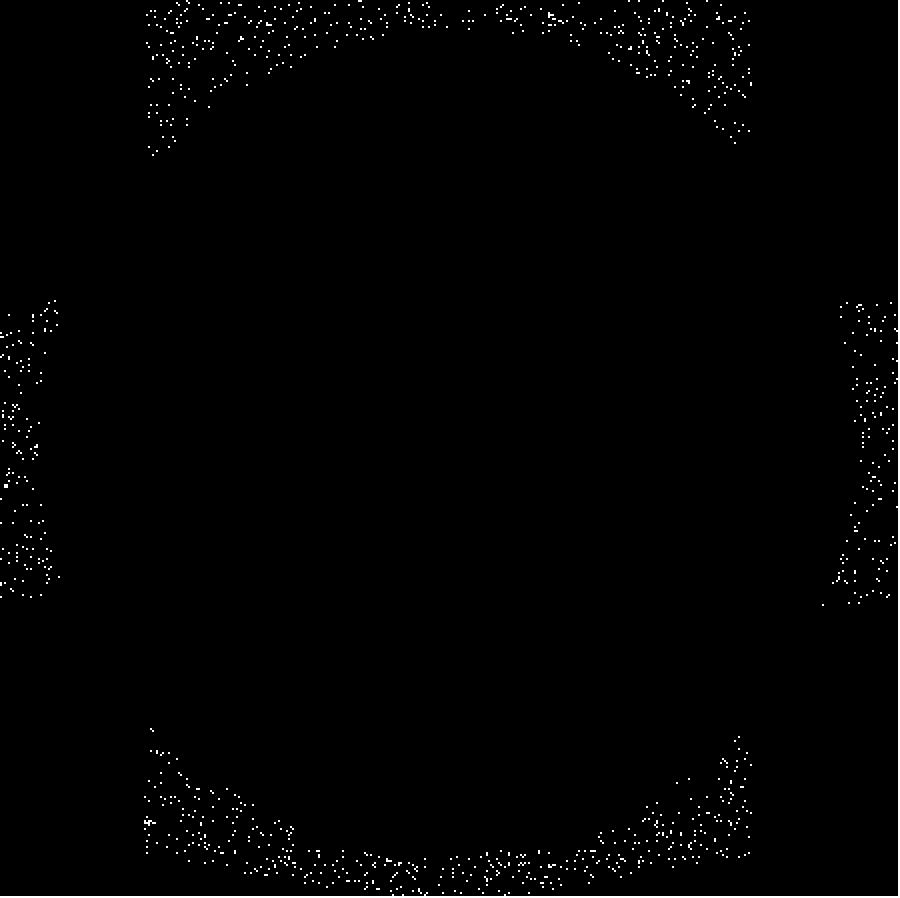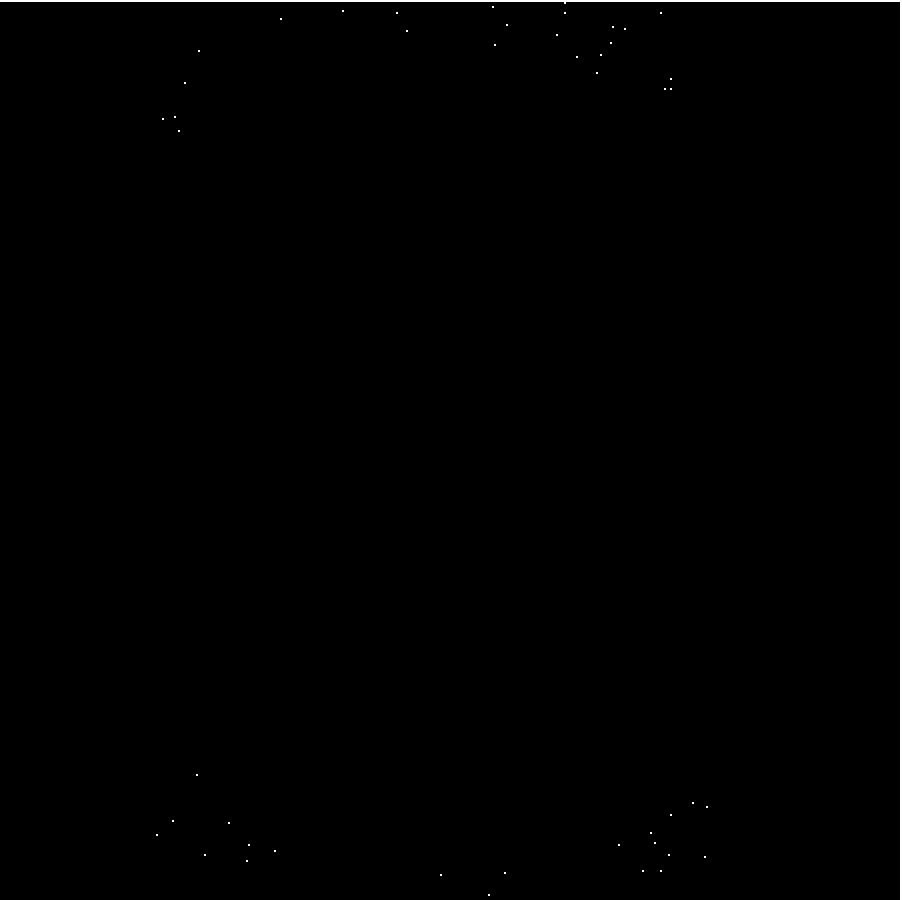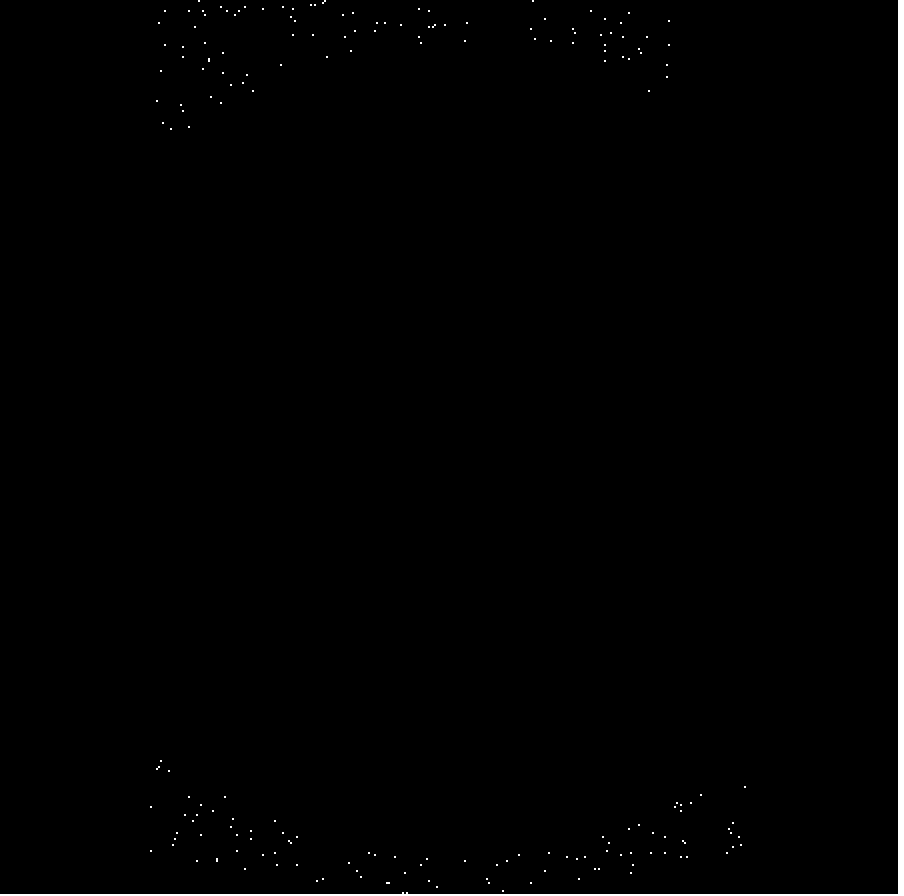Anomalous CCD Check
Last Updated:2023/05/17
Source: MCXC J0106.8+0103
Observation ID: 0762870601
SAS Version: 19.0.0
Python version: 3
csh is used
In this chapter, I am going to show you how to determine whether a ccd chip is anomalous. Everything you need is the file from the previous chapter,
filter_sp.zip
.
Remember right after running mos-filter, you get a file called command.csh, which contains anomalous ccd chip information. I renamed it to esas_products/mosproblemccd.txt. Open it and you see the following:


Fig.1 Top panel: mos2S002-corn-image-0.5-0.8.fits. Bottom panel: mos2S002-corn-image-2.5-5.0.fits. Top left is chip 5.
You see for mos2S002-corn-image-0.5-0.8.fits,chip 5 (top left) obviously have higher counts than other ccd chips but not mos2S002-corn-image-2.5-5.0.fits.
mos1 corner images:


Fig.2 Top panel: mos1S001-corn-image-0.5-0.8.fits. Bottom panel: mos1S001-corn-image-2.5-5.0.fits. Top right is chip 4.
Here for mos1S001-corn-image-0.5-0.8.fits, chip 4 (top right) does not show higher counts than other ccd chips. I will keep it.
Finally, we need to extract the result and write it to InputFiles/goodccdlist_mos1(mos2).txt, which will be used in
FOV spectrum and image
.
Now in src/sp_filter_script.py, you do: